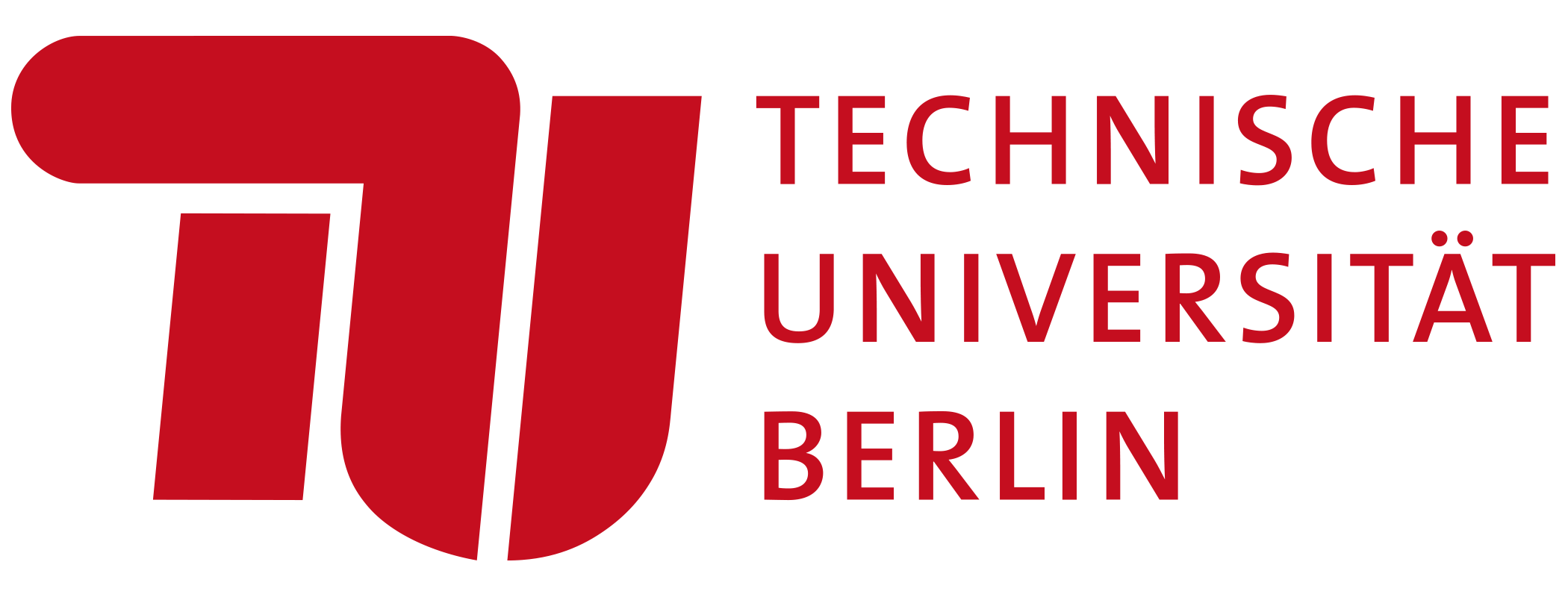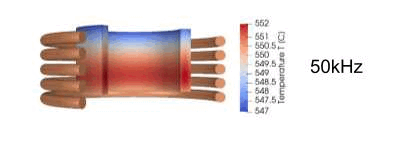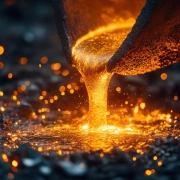Induction heating of graphite crucible
 Matvei Andreev is a master’s student at TU Berlin, Department of Aeronautics and Astronautics. He has been using CENOS Induction Heating simulation software since 2021, when Matvei was granted a free community license of the software under the academic program (use this link to apply for the free software for non-commercial research and study purposes).
Matvei Andreev is a master’s student at TU Berlin, Department of Aeronautics and Astronautics. He has been using CENOS Induction Heating simulation software since 2021, when Matvei was granted a free community license of the software under the academic program (use this link to apply for the free software for non-commercial research and study purposes).
The young engineer is at the very beginning of his career but already stood out by taking part in the university project for the production of rocket fuel and drinking water on the Moon. Now, Mr. Andreev is using the simulation software to contribute to another project for the sintering of ceramic and metal parts. So, we’d like to tell more about his work in this article.
A group of engineers chose the induction heating method to heat a graphite crucible. So, simulations were necessary to support the sizing of an induction coil and the development of a power supply. Matvei is responsible for the thermal part of the project.
“I used CENOS software to see what power and frequency we need to reach the necessary temperature at the crucible and then at the workpiece”
– Mr. Andreev explained his motivation.
The study began with simulations for multiple frequencies, starting from 1kHz up to 400kHz,
which is the maximum frequency of an available COTS power supply. Since CENOS IH is a unique software specialized in induction-heating problems, it allowed the engineer to complete the analysis very quickly using 2D templates for the crucible heating. The results are visualized in 3D rendering though, automatically revoluting the results around the symmetry axis, which is one of the cool features the software has.

Then, Matvei Andreev focused the research on optimizing the shape of the inductor at 100kHz and 38A current (RMS). The engineer also applied the actual value of the effective emissivity to take into account radiation loss from the surface of the crucible to get accurate thermal results.
From the parametric simulation, the engineer concluded that a 3/2-mm hollow helical coil (round cross-section) with 10 windings is the most optimal choice among the simulated configurations.

The work shows an excellent example of the benefits of simulation. When engineers need to choose the most optimal configuration of an induction system while satisfying the system constraints they have – like power and frequency range of a supply, space, weight limits, etc, the simulation approach is what saves engineers time while reliably getting them to the desired result.
As Matvei’s work showed, CENOS Induction Heating simulation software is the best choice for optimizing an induction-heating system since the software is made to make the induction jobs easy!


